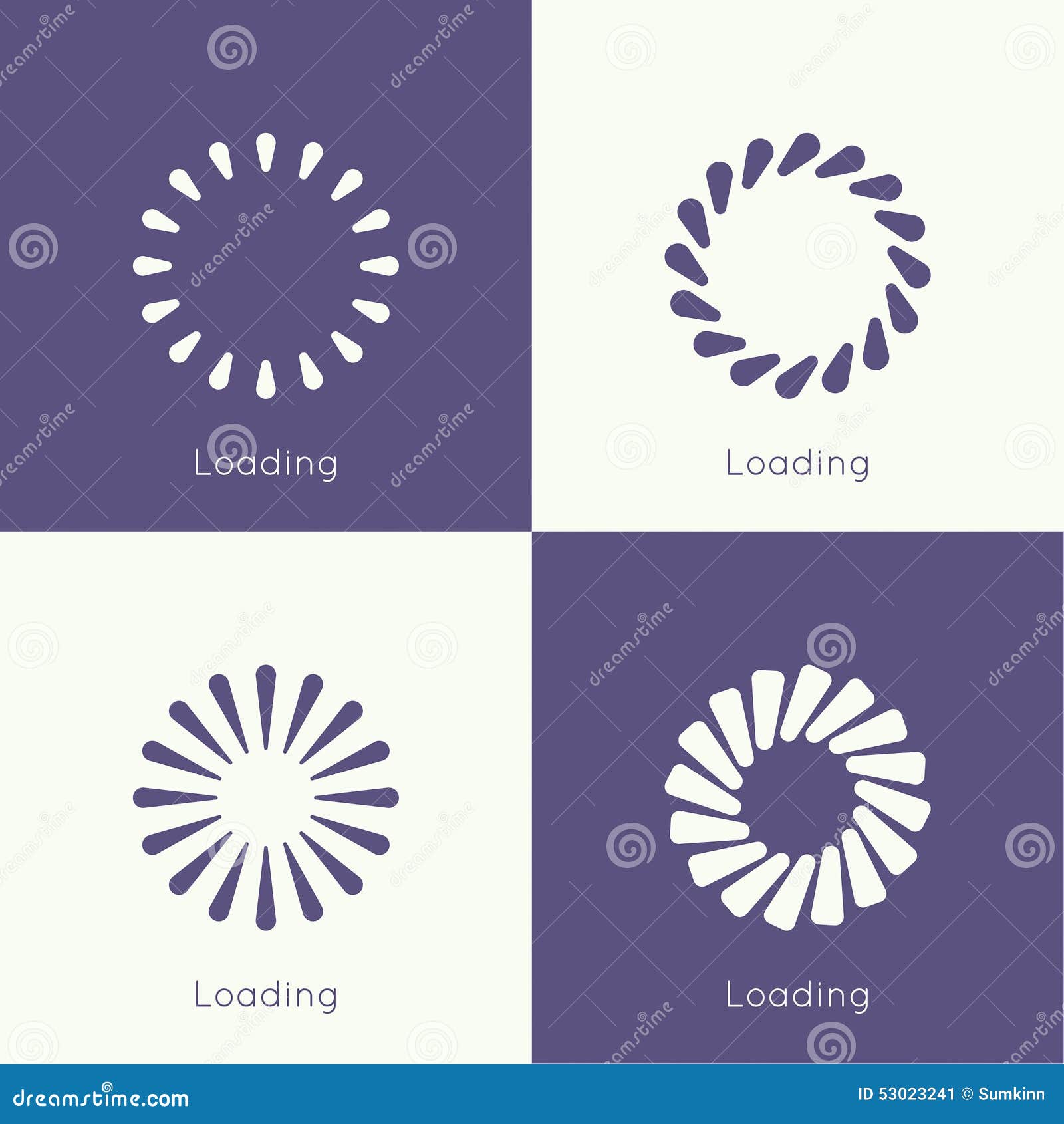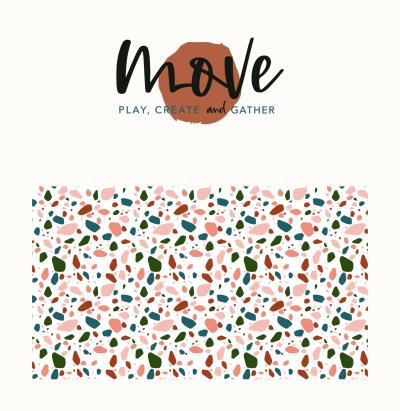Vector stock downloader tools are essential for graphic designers and digital artists. These tools simplify the process of acquiring high-quality vector graphics from online stock libraries. By using these tools effectively, users can save time, reduce costs, and tap into limitless creative resources. Understanding how to maximize their potential can enhance your design projects and streamline your workflow.
Benefits of Using Vector Stock Downloader Tools

Utilizing vector stock downloader tools offers numerous advantages for both amateur and professional designers. Here are some key benefits:
- Convenience: These tools provide easy access to a vast library of vector graphics that can be downloaded with just a few clicks.
- Time-Saving: By automating the download process, designers can focus more on creativity and less on searching for resources.
- Cost-Effective: Many vector stock downloader tools offer free or affordable access to high-quality graphics, reducing overall project costs.
- Variety: Users can find diverse styles and themes of vector images that cater to different design needs.
- Modification Flexibility: Vectors are easily editable, allowing designers to customize graphics to fit their unique projects.
Moreover, these tools often include features such as batch downloading, which enables users to download multiple files at once, enhancing productivity. They may also allow searches by keywords, colors, or categories, making it easier to find the perfect asset quickly. Overall, mastering these tools not only enhances efficiency but also expands the creative possibilities available to designers.
Choosing the Right Vector Stock Downloader Tool

Choosing the right Vector Stock Downloader Tool can make a significant difference in your workflow and the quality of your designs. With so many options available, it’s essential to focus on a few key factors to narrow down your choices.
Here are some important considerations:
- User Interface: Look for a tool that has an intuitive and user-friendly interface. A clean layout can save you time in navigating through the features.
- Library Size: Ensure that the tool provides access to a large library of vectors. More options mean you’re more likely to find exactly what you need.
- File Formats: Check if the downloader supports various file formats (like SVG, AI, or EPS). This flexibility will help you choose the format that best suits your project.
- Licensing Options: Understand the licensing agreements associated with the vectors you download. Some tools may require attribution, while others may offer license-free downloads.
- Cost: Evaluate whether the tool is free or requires a subscription. Sometimes investing in a premium tool can save you time and provide higher-quality assets.
- Integration: If you use specific design software, look for a tool that integrates seamlessly with your existing applications. This can streamline your process and enhance your productivity.
By considering these factors, you can select a downloader tool that not only meets your needs but also enhances your creative process. Happy hunting!
Step-by-Step Guide to Downloading Vectors
Downloading vectors can seem daunting at first, but with a clear step-by-step approach, you’ll find it’s a breeze. Here’s how to efficiently download vectors using your chosen tool:
- Sign Up or Log In: Most vector stock downloader tools require you to create an account. If it’s your first time, sign up with your email address and create a password. If you already have an account, simply log in.
- Search for Vectors: Use the search bar to type in keywords related to the vector graphics you need. Take advantage of filters (like categories, styles, and colors) to further refine your search.
- Select Your Vector: Once you find a vector you like, select it to view additional details. Make sure to check the size and format options available.
- Add to Cart (if applicable): If the tool works on a shopping cart system, add your selected vector to your cart. Some sites might allow you to download individual vectors without this step.
- Proceed to Checkout: If you’re using a paid service, go through the checkout process. Enter your payment information if necessary. Review any licensing agreements before confirming your purchase.
- Download the Vector: After the transaction is completed, there should be a download link. Click it to download your vector file. Be sure to save it in a location where you can easily find it later!
And voilà! You now have your vector ready to use in your next design project. Whether you’re creating graphics for social media, websites, or print, having the right vector can elevate your work significantly. Happy designing!
Best Practices for Effective Vector Downloading
When you’re diving into the world of vector graphics, knowing how to use your vector stock downloader tools effectively can make a huge difference in the quality and relevance of your designs. Here are some best practices to keep in mind:
- Understand Your Needs: Before downloading anything, define what you’re looking for. Are you creating a logo, an illustration, or perhaps a background? Having a clear goal helps you choose the right vector graphics.
- Use Specific Keywords: When searching for vectors, use precise keywords. Instead of just “flower,” try “watercolor flower vector.” The more specific you are, the more likely you are to find what you need.
- Explore Different Styles: Don’t be afraid to explore various artistic styles. Different vectors can convey different moods and messages. For instance, a minimalist design might work better for a tech startup, while a hand-drawn vector could fit a boutique brand.
- Check Licensing: Always review the licensing rules for downloaded vectors. Some may be free for personal use but require a license for commercial use. Make sure you have the right to use the graphics in your projects.
- Preview Before Downloading: Many stock downloader tools offer previews of images. Take advantage of this feature to ensure the design meets your expectations in terms of composition and resolution.
- Organize Your Downloads: Once you begin downloading, keep your files organized. Use folders or a naming system that makes sense to you, as this will save you time in the long run.
By following these best practices, you’ll not only enhance your efficiency but also improve the quality of your design projects.
Common Mistakes to Avoid When Using Vector Stock Tools
As with any tool, using vector stock downloader tools can come with its pitfalls. Avoiding the following common mistakes will save you time and frustration:
- Ignoring Resolution: One of the biggest mistakes is not checking the resolution of your download. Low-resolution vectors can appear pixelated and unprofessional when scaled up for use.
- Overlooking Licensing Terms: Failing to pay attention to the licensing terms can lead to legal issues later on. Always double-check the usage rights associated with each vector you download.
- Downloading Too Many Files: While it may be tempting to download everything that looks remotely useful, this can lead to overcrowding and disorganization. Stick to your initial search criteria.
- Neglecting File Types: Different projects might require different file types. Make sure to download in the format that best suits your needs, such as .AI for Adobe Illustrator or .SVG for web use.
- Ignoring Customization: Many users download vectors without considering that they can be customized. Don’t hesitate to tweak colors, shapes, and layouts to better fit your project.
- Failing to Save References: If you find vectors that inspire you or fit perfectly into a project, make sure to save their links or file names for future reference. You don’t want to waste time searching again.
Avoiding these common mistakes will lead to a much smoother experience and better quality outcomes in your design work. Happy downloading!
Integrating Vectors into Your Projects
Once you’ve downloaded your vectors, the next step is integrating them into your projects effectively. Whether you’re working on a web design, a marketing campaign, or even personal artwork, there are a few best practices to follow to ensure seamless integration.
1. Choose the Right Format: Most vector files come in formats like SVG, AI, or EPS. Ensure that your design software supports these formats. For web projects, SVG is often preferred as it is lightweight and retains great quality across different devices.
2. Scale with Care: One of the main advantages of vectors is their scalability without loss of quality. However, scaling elements too large or too small can sometimes affect their visual impact. Aim for balance to maintain clarity and detail.
3. Customize to Fit: Don’t hesitate to modify your vectors! Change colors, adjust shapes, or combine multiple elements to suit your project’s aesthetic. Software like Adobe Illustrator or even free tools like Inkscape can be incredibly helpful for this.
4. Layer Wisely: When combining multiple vectors, keep your layers organized. This will make it easier to adjust individual elements later. Group similar layers together, and use naming conventions that make sense to you.
5. Test In Context: Always preview your vectors in the context of the overall design. What looks good in isolation might not fit well in a layout. Check how they interact with text and other design elements.
By keeping these tips in mind, you can ensure that your vector graphics not only complement your projects but also elevate them to a higher level of professionalism and appeal.
Comparing Free vs Paid Vector Stock Downloader Tools
When it comes to vector stock downloader tools, there’s a significant distinction between free and paid options. Understanding these differences can help you make an informed choice based on your needs and budget.
| Criteria | Free Tools | Paid Tools |
|---|---|---|
| Asset Variety | Limited selection; often less unique. | Extensive libraries with unique, high-quality assets. |
| Quality | Variable quality; may lack professional standards. | Generally high quality; crafted by professional designers. |
| Licensing | Restrictive; may require attribution and have usage limitations. | More straightforward; often includes commercial usage rights. |
| Support & Updates | Minimal support; limited updates. | Dedicated customer support; regular updates and new assets. |
So, should you go for free or paid tools? It all comes down to your specific requirements:
- If you’re just starting and need vectors infrequently, free tools are an excellent way to get your feet wet.
- If quality is critical for your business or you require a vast library with diverse options, investing in a paid tool could be the way to go.
Remember, you don’t have to choose one over the other exclusively. Many designers find a successful balance by combining both free and paid resources depending on project demands.
How to Use Vector Stock Downloader Tools Effectively
Vector stock downloader tools are essential for designers, artists, and businesses seeking high-quality vector graphics. These tools simplify the process of finding, downloading, and managing vector illustrations, icons, and graphics. Here’s a guide on how to utilize these tools effectively.
1. Choose the Right Tool: Start by selecting a downloader that suits your needs. Popular options include:
- Adobe Stock
- Shutterstock
- Freepik
- VectorStock
2. Search Smartly: Use keywords that accurately describe the design you need. Incorporate specific terms such as:
- Type of graphic (e.g., “logo”, “icon”)
- Style (e.g., “flat”, “3D”)
- Theme (e.g., “business”, “nature”)
3. Filter Your Results: Utilize filtering options to narrow down your choices by:
| Filter Category | Description |
|---|---|
| License Type | Choose between free, royalty-free, or premium licensed vectors. |
| File Format | Select the format (AI, EPS, SVG) based on your software compatibility. |
| Color Palette | Filter by color if you have a specific color scheme in mind. |
4. Download and Organize: Once you find the desired vector, download it and organize it into folders based on projects or themes for easy retrieval.
5. Licensing Considerations: Always check the licensing agreement to ensure that you are using the graphics correctly, particularly for commercial purposes.
6. Test and Edit: Import the downloaded vectors into your design software and make necessary adjustments. Test them to see how they integrate with your existing designs.
Conclusion: The effective use of vector stock downloader tools can significantly enhance your design process. By choosing the right tools, smartly searching, filtering results, and adhering to licensing agreements, you can leverage these resources to elevate your creative projects while staying updated with future trends in design tools and workflows.


